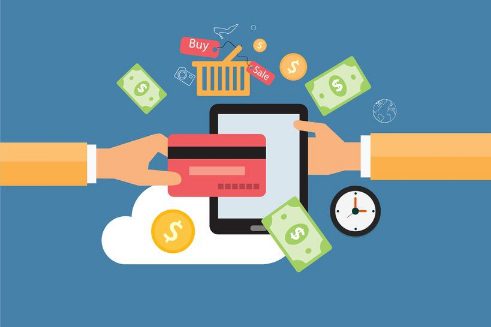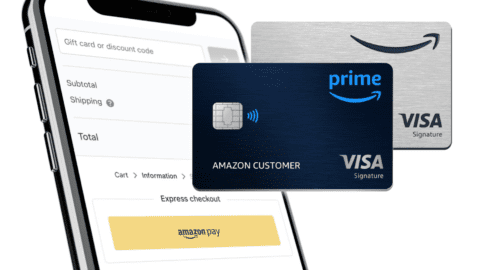Only 13% of the world’s consumers generate 62% of e-Commerce revenues, spending $372.5 billion from March 2015 to March 2016, according to a study from WorldPay. With such a small percentage of consumers accounting for such a large slice of online retail, merchants should certainly cater to these “Super-Shoppers” whenever possible.
Payment methods are a good place to start, given that 52% of global Super-Shoppers and 72% of U.S. Super-Shoppers said they would abandon their purchase if their preferred form of payment is not accepted at checkout.
“Once you can capture the loyalty of these shoppers by giving them alternative payment methods, chances are they are going to buy more frequently using that particular vendor or method, just for the mere fact that it’s more convenient,” said Monica Eaton-Cardone, COO and Co-Founder of Chargebacks911. “They don’t have to type in their full credit card number and their address whenever they make a purchase. It’s one click or a password.”
Characteristics of these Super-Shoppers often include:
-
Being active around the clock, even late at night;
-
Seeking the best products and most competitive prices;
-
Being passionate about their purchases; and
-
Citing credit cards as their preferred payment method.
“We used to interview cardholders and find that when they couldn’t sleep at night, they would count sheep,” Eaton-Cardone said in an interview with Retail TouchPoints. “In today’s environment not being able to sleep at night equates to playing a video game and has gravitated to shopping online with your phone. We see tremendous buying spikes happening in the middle of the night on mobile devices.”
Globally, 52% of Super-Shoppers prefer to use their credit card for shopping, a 10 percentage points higher than the 42% global average of all other shoppers. Therefore, it’s important for retailers to provide a full range of payment options, or they may face lost sales.
“It’s a very difficult balance for retailers, because today’s online environment is extremely competitive,” Eaton-Cardone noted. “A savvy retailer must be very conscious of making sure they have a top converting site and a highly valuable product. In addition, they have to make sure they have very clear policies and invest in services and abilities that are available 24/7/365.”
The Worldpay report estimates that the cost of a lost transaction to each retailer could be as much as $144, a significant amount of lost revenue from such frequent and high-value shoppers. Even worse, consumers that are unhappy with their purchasing experiences may initially make a purchase, but then call their credit card provider to cancel it altogether.
“The online retailer’s biggest competitor is a hidden one: the cardholder’s bank,” Eaton-Cardone said. “If you don’t provide great customer service, or your customer can’t reach you at 2 am on a Sunday, they may go online or call their bank and file a chargeback. That’s a horrendous cost, and it’s an increasing cost. While online transaction growth has increased by 7%, chargebacks have increased at a rate of 20% per year.”













